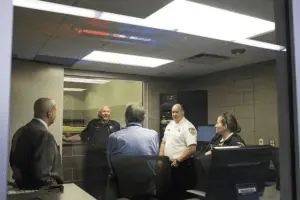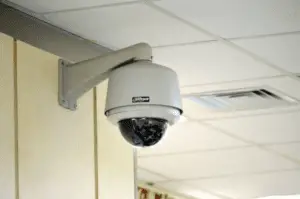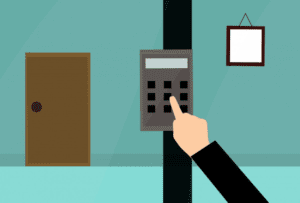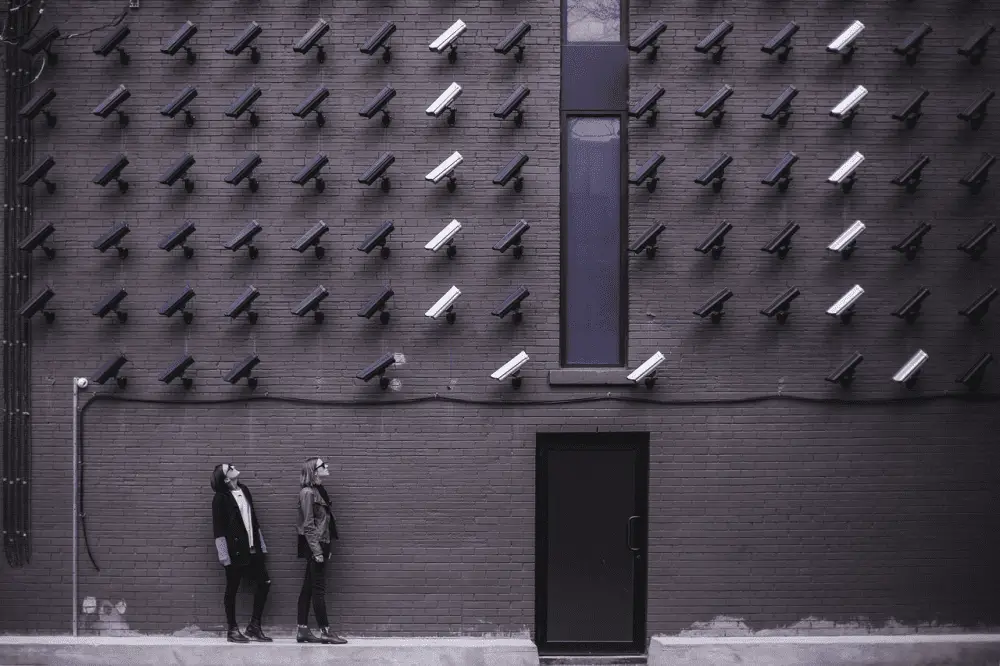The safety of the area you live or work in should be one of your prime concerns, especially if you are the person in charge. Building security is an important, multifaceted job that extends beyond hiring burly security guards and setting them by the main entrance (although that is also an essential element). Building security includes many things, from access control, security systems, perimeter security, and training the tenants.
The building you need to secure might be an apartment complex, a mid-rise office building, or a retail property. Each building category will have unique security requirements, but we will discuss some common elements of building security below.
Building Security
The purpose of the building (residential or commercial), size, structure, and location are all crucial factors for developing the right building security plan. There isn’t much you can do about the factors themselves, but they will significantly impact how you go about your building security, especially the cost.
1. Defining Roles and Identifying Threats

The first element of building security is deciding who is responsible for the security so you can establish a proper chain of command. People should know who to contact during security threats and emergencies. In most cases, the owners are responsible for building security. But involvement may vary a great deal from owner to owner.
Some prefer to outsource the task to a third-party security company, whereas some develop and deploy a security plan and security detail themselves.
Whatever the situation is, close coordination between building managers and security personnel is crucial. Whether they work under the same owner or different, for security, all responsible building staff should act as one team, with each member having a defined role.
Identifying threats is also imperative. When planning building security, your core responsibility is the tenants and property. Some rudimentary safety measures might be enough for a residential building to protect everyone and everything within a building from external threats. But for an office building, you might have to take extra steps to protect valuable information stored on a company’s servers present inside the building.
2. Security Cameras and Systems

Without a good network of cameras, you are running a blind security plan. Cameras play a vital role in any building security plan. With them, you have eyes on your premises and can assess and deal with many problems through proper communication and well-trained staff. The security camera setups that can cover an entire building are usually costly. But proper property assessment can significantly reduce the cost and planning.
Having security cameras everywhere might seem like the best solution, but it’s also costly. A visual on all the critical areas, all entry/exit ways, and parking is usually enough. The best Security camera for business reviews should have night vision (IR), so it does not render them useless by merely taking out the lighting in the area. Additional features like motion detection and vehicle registration plate recognition might prove useful.
Adequate alarm systems are crucial for fire protection and evacuation in an earthquake. Ensure the people monitoring the feed from the cameras are well-trained and vigilant. This thwarts many security threats because the security monitors can spot the perpetrators (through security cameras) before they can do any harm.
3. Access Control and Visitor Management

Who can enter from where, and how far can they go inside the building? These are a few critical building security questions you need to ask. One of the best ways to secure a building is controlling the entry and exit of people, ideally through a single point in the building (apart from emergency exits). This makes it easy to track everyone and spot outsiders.
How entry is granted into the building is also essential. A security guard and concierge are usually enough to deter unwanted people from entering a residential building. For commercial and office buildings, a combination of reception and secured internal premises (using bollards, turnstiles, or a secondary entryway) can filter the incoming and outgoing people in an office building. Electronic access control is the most common and relatively secure method. You can augment that by using forgery-proof ID cards for employees of an office building.
It’s also imperative that the most critical areas (server rooms, locker rooms, labs) provide additional security and limited access. Proper visitor management can minimize external threats. It’s best to have a competent staff dealing with visitors because they double as building security and management representatives.
4. Physical Security

Anything that deters unauthorized elements from entering a building is its physical security. It includes cameras, alarms, electronically locked gateways, and security guards. Trained security personnel under proper management can be the most potent element of building security. They can be the first security deterrent and the last line of defense in a security breach.
Guards perform security checks on visitors, patrol the premises and corridors inside, handle internal security issues (fights or enraged clients), and detain perpetrators for authorities, among many other building security tasks. Besides barbed wire and reinforced walls, uniformed guards are the most visible sign of a building’s security. It plays a vital role because, in many cases, the appearance of strong security is enough to discourage many criminal elements.
In terms of physical security, it’s also imperative to ensure the safety of the parking lots. No matter how many guards you have at the entrance, it’s no use if someone can enter the building through an insecure parking lot. A barred parking entryway, through which only the residents, office workers, and guests with a valid pass can enter, is an excellent way to prevent anyone from using the parking lot as a security breach.
5. Training Your Staff and Tenants

Building management staff should be trained to handle security and safety issues. In case of a security breach, or an emergency evacuation, the building’s tenants will look for the management staff and building security to take point. If the building’s security staff is untrained or unprofessional in dealing with an emergency or a crime, it will create panic and unnecessary damage or injury.
Your building security staff should be familiar with your safety protocols and SOPs. It should also train them to handle any unforeseen threat or breach. This is where third-party security companies usually fare better. They typically have well-trained staff, more exposure, and are more experienced, so that they can deal with security issues much better than locally trained security personnel. Third-party security firms can also beef up your building security detail, if needed, for an event, a conference, or riots in the city.
Just like the staff, it should also train your tenants (as much as possible) through evacuation drills and security briefs to deal with security threats or emergencies in the building.
Conclusion
Securing a building is vital to prevent anything from petty thefts to more severe crimes happening inside the building. The security plan for every building is different, depending on the building and the tenantry. And sometimes, the offices inside will have security layers, especially with an office building.
They may use extra physical or digital security measures to keep their assets safe. But the aim of building security should always be to prevent any perimeter breach. If no one and nothing unwanted enters a building in the first place, then you have done everything right in securing a building.
In case of a breach, the safety of the tenants and property should be the primary focus of building security.

